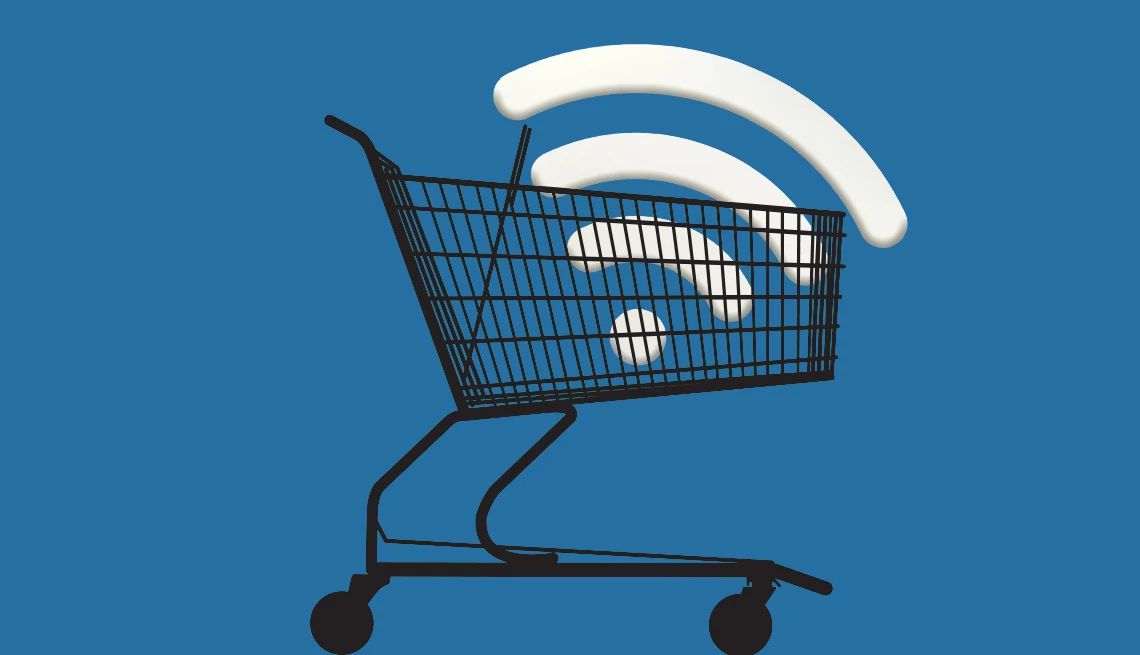Play all audios:
About 550 municipal broadband networks offer service to residents of their areas, according to the nonprofit Institute for Local Self-Reliance, which has offices in Minneapolis; Portland,
Maine; and Washington, D.C. Another 250 electric cooperatives are deploying or developing plans to add internet service in their coverage areas, says the National Rural Electric Cooperative
Association, a trade association based in Arlington, Virginia. A number of state organizations, including those in California, New York and Seattle, have created searchable websites that
list low-cost broadband providers. A more comprehensive nationwide list, searchable by state, is available from EveryoneOn, a national nonprofit that works to make low-cost internet
available to all, says Diana Rodriguez, vice president for programs and strategy. EveryoneOn’s locator tool lists internet service available by zip code, based on financial criteria. Details
indicate each program’s cost, maximum speeds and any data limits. HOW MUCH SPEED IS ENOUGH FOR YOU? Some consumers may not need 100 Mbps. Those with fewer simultaneous users who use the
internet for less taxing services such as emailing, web surfing and watching standard-definition TV will not have problems with slower speeds. But those who have a number of people all
watching high-definition television, bingeing on streaming services or playing video games will need more. To help you figure out how much speed you’ll need, the FCC offers a Broadband Speed
Guide that approximates the type of plan you’ll likely require based on your internet activity. For those households watching high-definition video and simultaneously browsing the web or
sending email on one device, the agency suggests a minimum 12 to 25 Mbps download speed. But for a household with four users all watching high-definition video, videoconferencing, playing
games and listening to music, 25 Mbps should be the minimum available speed. That might underestimate your needs. _Consumer Reports_ notes that two TVs simultaneously streaming 4K
high-definition content alone would require at least 50 Mbps. Add to that one user sending emails, another playing a video game and a third streaming music, and your requirements approach
100 Mbps. In 2015, the FCC defined high-speed broadband as service that offers a minimum 25 Mbps. But that looks to some to be out of date. “We advocate for a minimum download speed of 100
Mbps,” EveryoneOn’s Rodriguez says.

